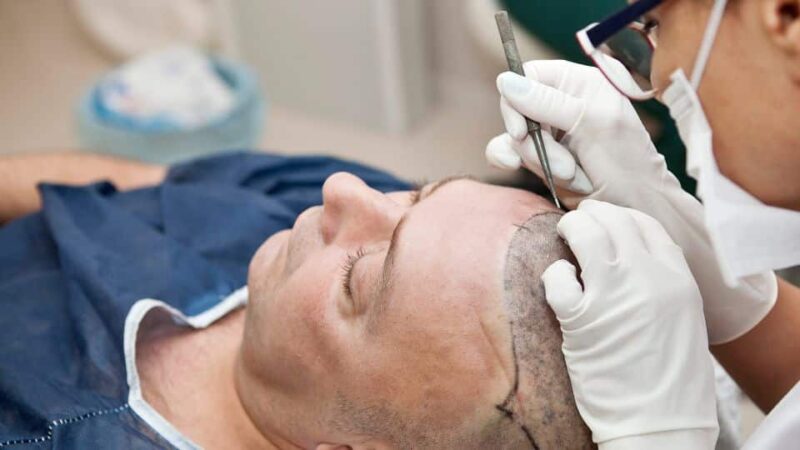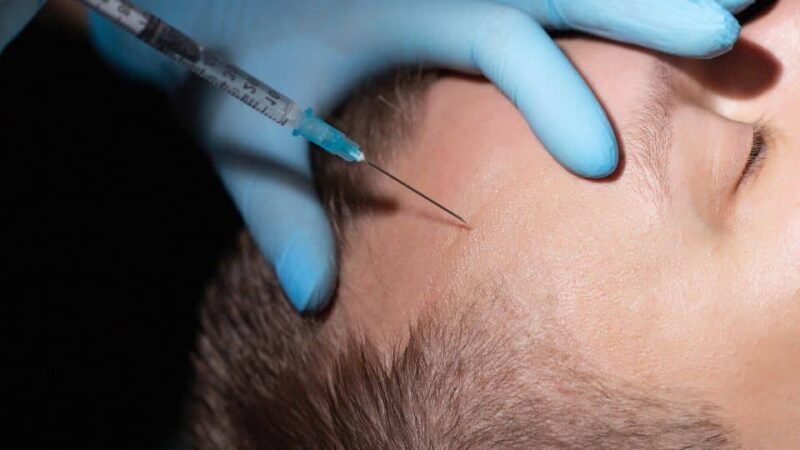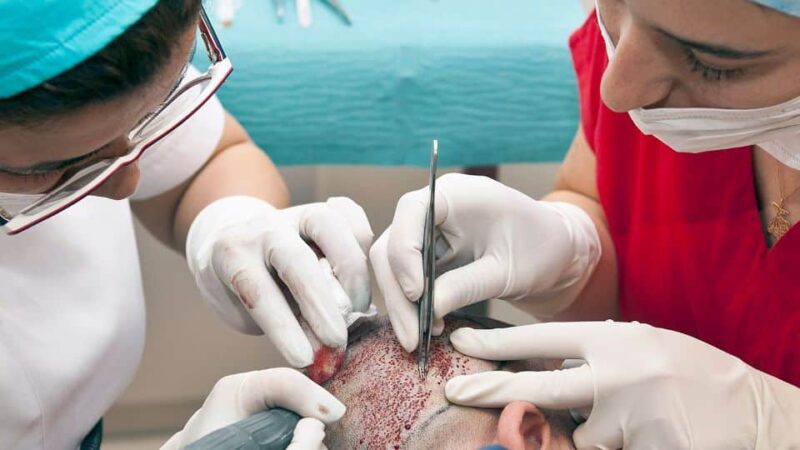For those experiencing significant hair loss or baldness, a hair transplant can help restore natural-looking hair fullness. But when is the right time to take this step? Making the decision at the ideal time in your hair loss progression can help ensure the best outcomes from your transplant.
Factors to Consider Regarding Hair Transplant Timing
Some key factors to consider when determining the optimal timing for getting a hair transplant include:
-Current and projected future hair loss – A detailed hair analysis by a specialist can assess your level of miniaturization and rate of thinning. This gives insight into how much loss you can expect in the future. Knowing this helps plan the most effective transplant strategy. Click here for a free hair analysis.
-Age and general health – It’s ideal to allow your hair loss pattern to stabilize before surgery, which often occurs for men in their mid-20s. Also consider your health, as conditions like uncontrolled diabetes can impair healing.
-Medication use – Medications like finasteride and minoxidil are often used before and after transplant to help maximize and maintain results. Being on these meds helps make the timing ideal.
-Scalp laxity – Some loosening of the scalp skin occurs naturally with age and hair loss. Moderate laxity allows the surgeon to close transplant sites tightly. Minimal laxity may warrant waiting a few years.
-Hair color and texture – Your natural hair color and texture influences the type of grafts harvested. Waiting for some graying can provide better donor hair camouflage. Coarseness also increases with age.
-Realistic expectations – Understanding the potential coverage from various graft numbers, based on your degree of baldness, is important. Unrealistic expectations too soon may disappoint.
Stage of Hair Loss and Ideal Transplant Timing
The Norwood Scale is used to classify the stages of male pattern baldness. Here are general guidelines for optimal transplant timing at each stage:
Stage 1 – Usually no transplant recommended. Hair still appears full. Medications may slow further thinning.
Stage 2 – Consider a small transplant if recession and thinning at hairline is distressing. Meds help maintain density.
Stage 3 – Moderate forehead and crown thinning is apparent. Transplant of 500-1000 grafts may help restore frame for face.
Stage 3 Vertex – Thinning concentrated at crown. Can transplant this area first if desired.
Stage 4 – Significant thinning with exposed scalp. Large transplant of 1,500-2,500 grafts may achieve good fullness.
Stage 5 – Advanced loss with horseshoe pattern of hair remaining. Multiple large transplants often needed for adequate coverage.
Stage 6 – Little donor hair remains. Expectations must be set carefully. Small sessions or other hair options may be explored.
Stage 7 – Total baldness. Transplants usually not recommended. Consider scalp micropigmentation to mimic the look of a shaved head.
What to Expect at Your Hair Transplant Consultation
When you meet with a hair transplant surgeon, they will conduct a thorough evaluation including:
-Medical history – They’ll review your health profile and any medications.
-Family history – They’ll ask about the pattern of hair loss in your family.
-Scalp examination – They’ll assess your skin, donor density, miniaturization, and more.
-Hair analysis – They may do a microscopic hair analysis looking at follicles and ratios.
-Procedure discussion – They’ll explain the process, graft numbers needed, sessions, recovery.
-Expectations – They’ll show you transplant examples and discuss realistic outcomes.Being able to review your particular stage of hair loss and factors with an expert surgeon is key for determining the ideal transplant timeline. The consultation also helps you gain a full understanding of whether a hair transplant can achieve your cosmetic goals.
Picking the Right Hair Transplant Surgeon
Because proper timing is so important for optimal transplant results, picking the right surgeon is key. Be sure to select an experienced hair transplant specialist certified by the American Board of Hair Restoration Surgery or International Alliance of Hair Restoration Surgeons.
A quality hair transplant surgeon will take the time to thoroughly assess your candidacy, carefully customize your treatment plan, expertly perform the procedure, and ensure you heal properly. Following their guidance on timing and throughout the process can help make your hair transplant a success.
Conclusions
While it’s understandable to want to reverse noticeable hair loss as soon as possible, taking the time to have a hair transplant at the ideal point in your thinning progression is recommended. Moving forward too quickly or waiting too long can both impact your satisfaction with the results. Schedule a consultation with a top hair restoration surgeon.
They can best analyze your degree of loss, future outlook, and recommend the optimal timing for your transplant when the benefits will be greatest.Take the Time for a Successful Hair Transplant!










